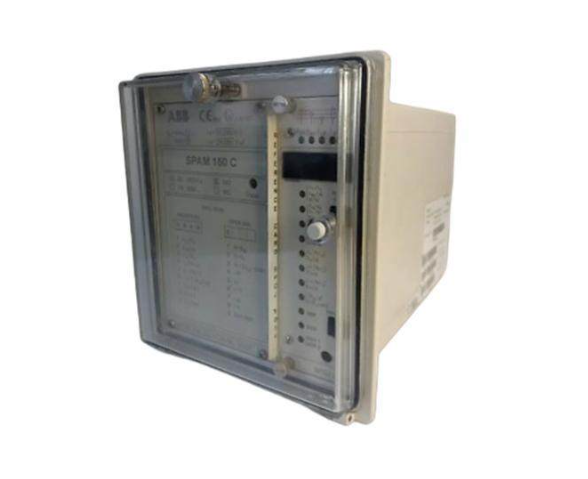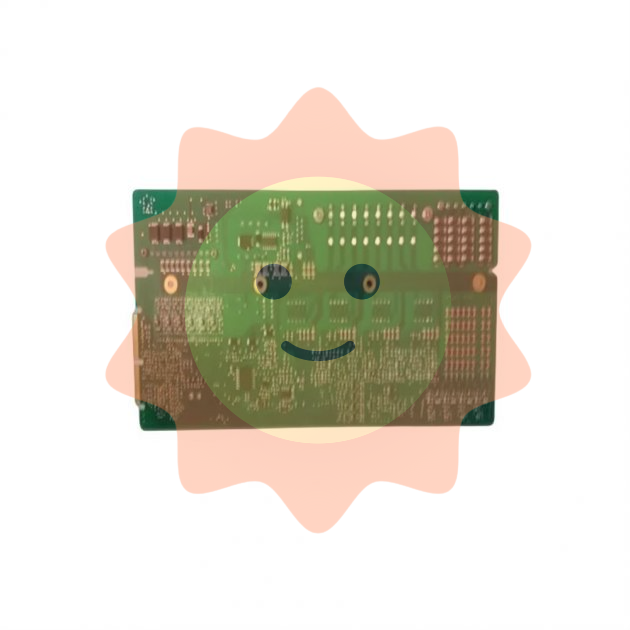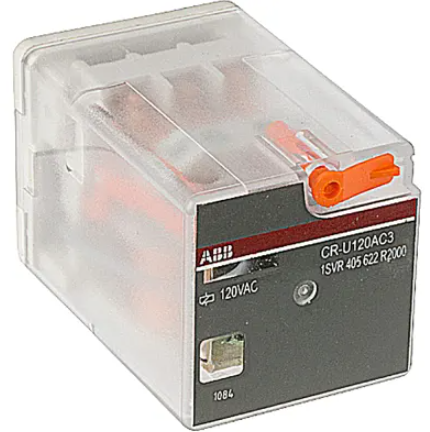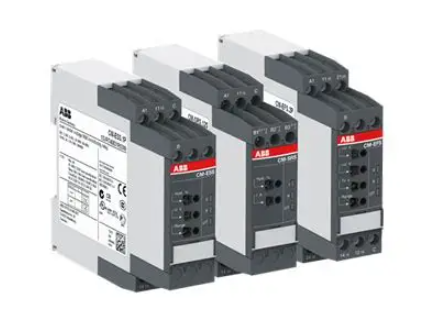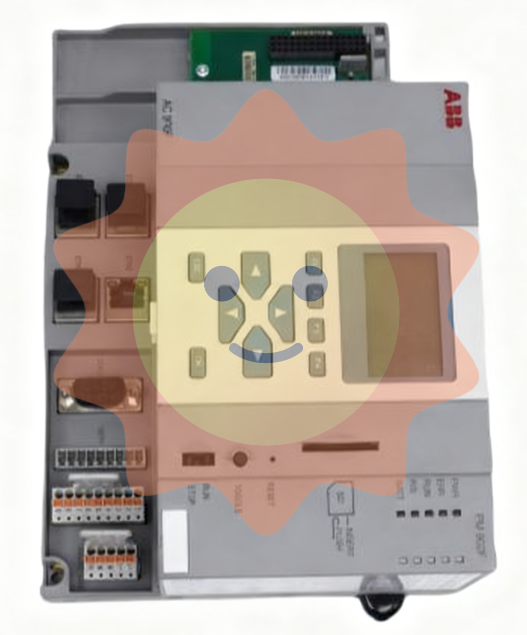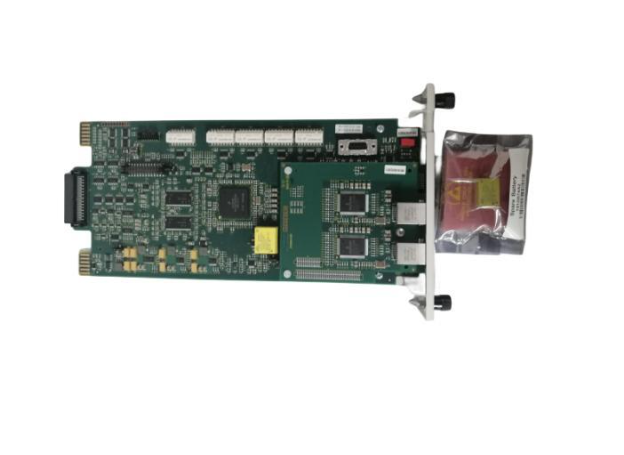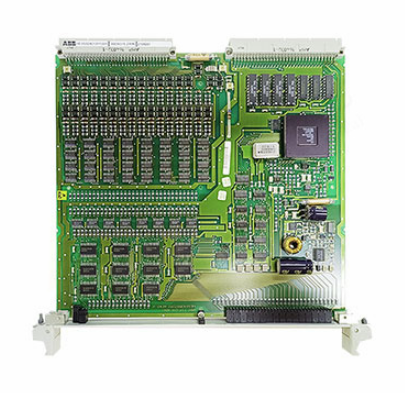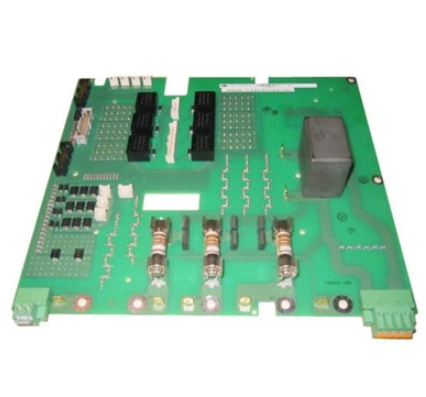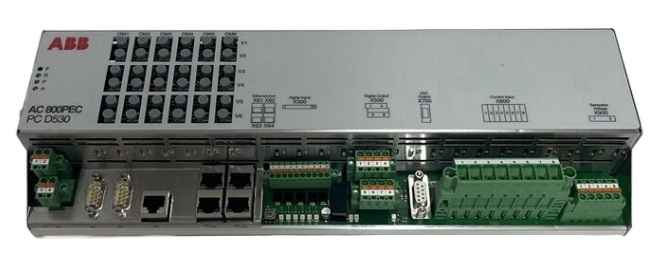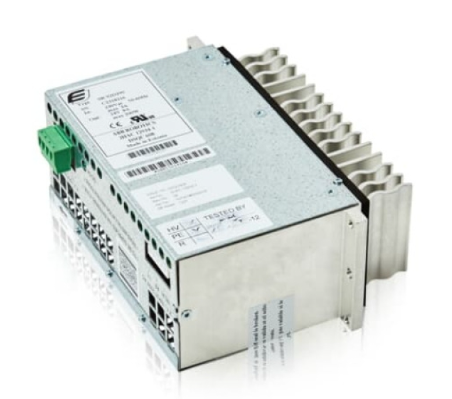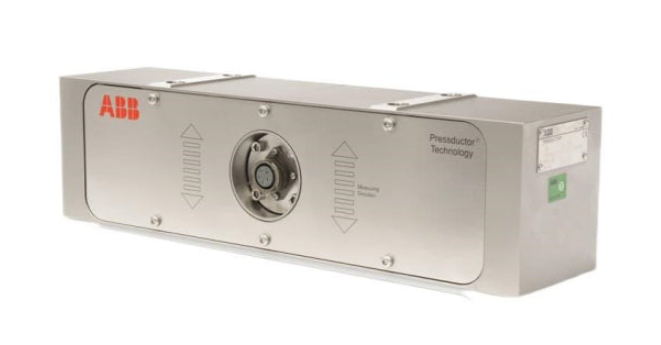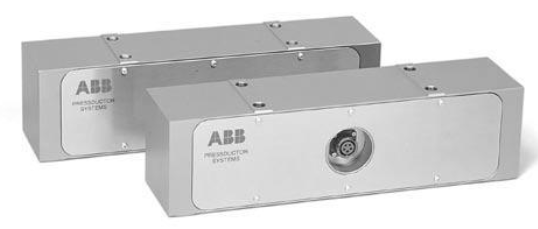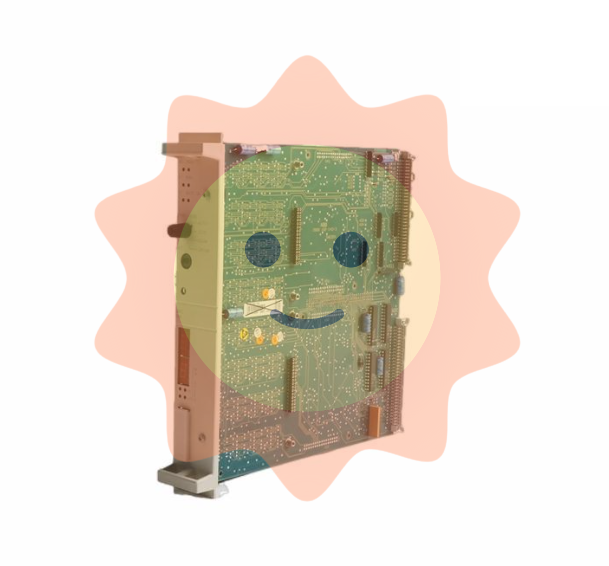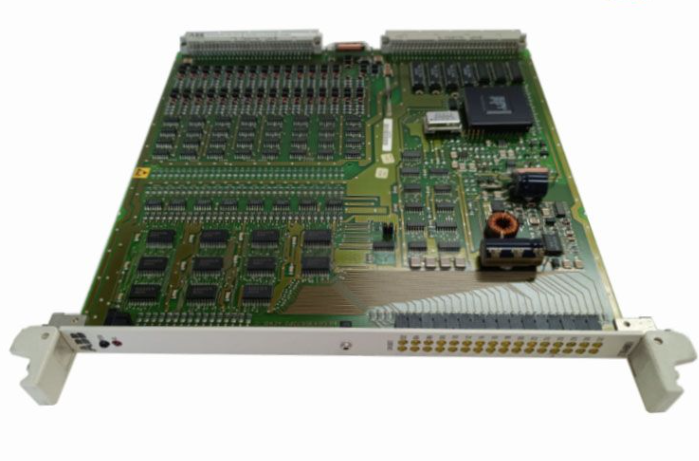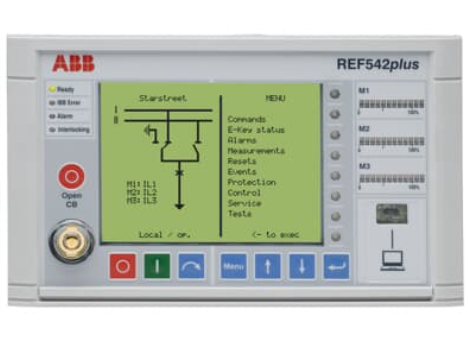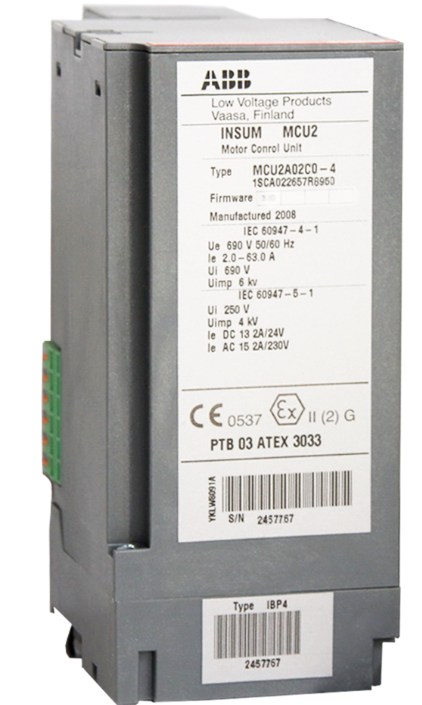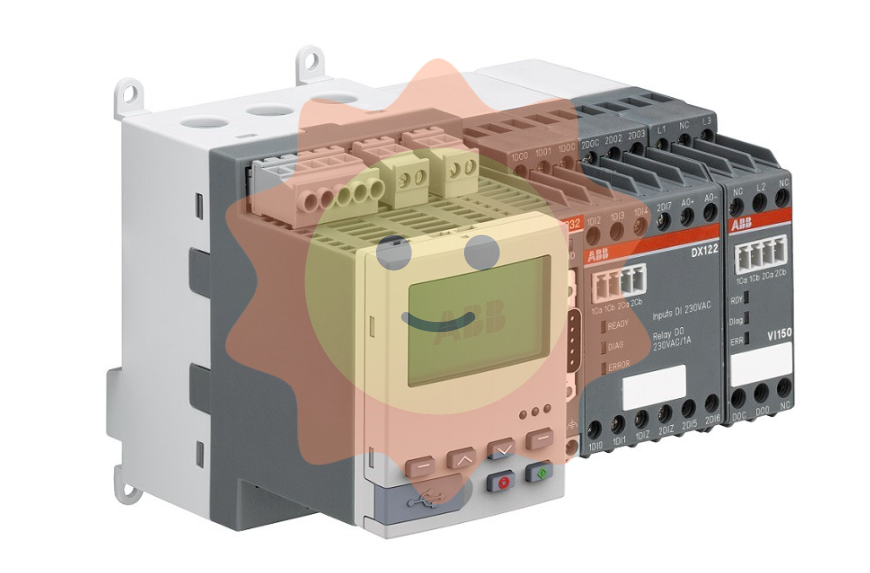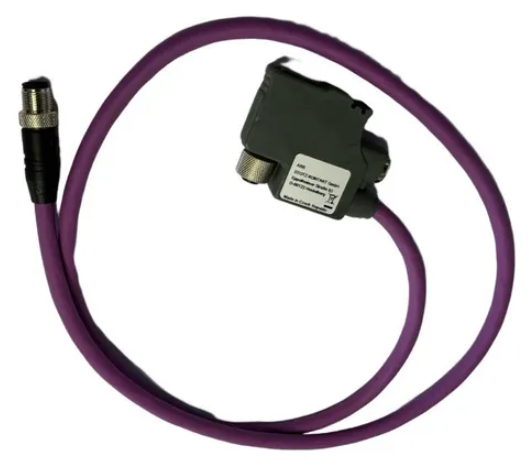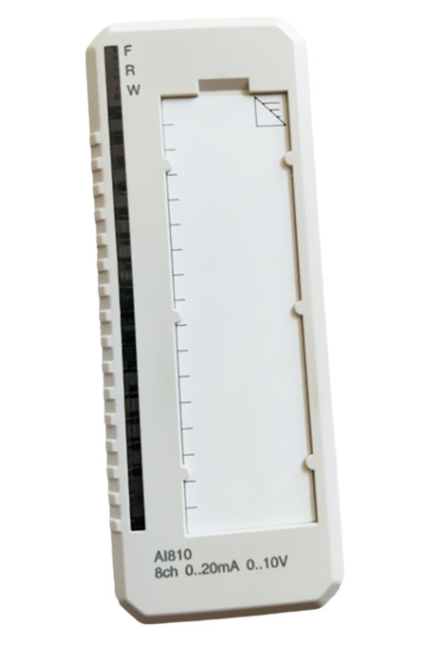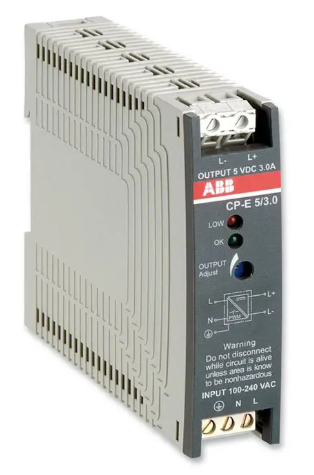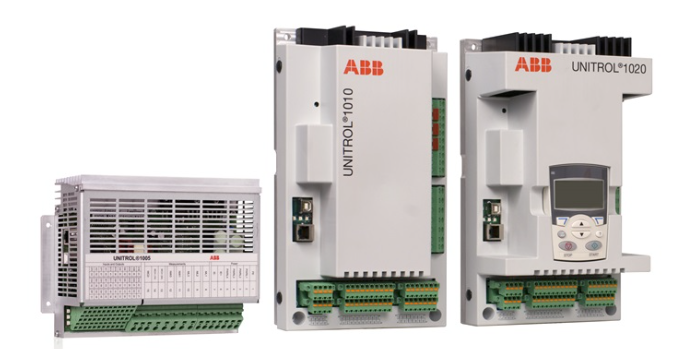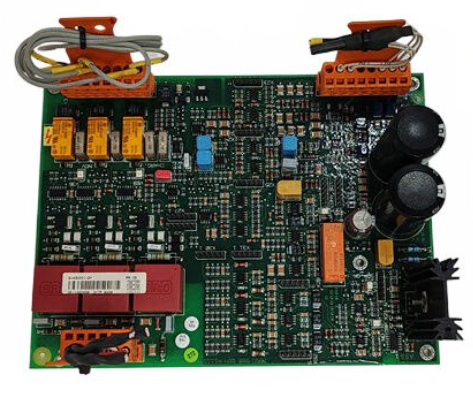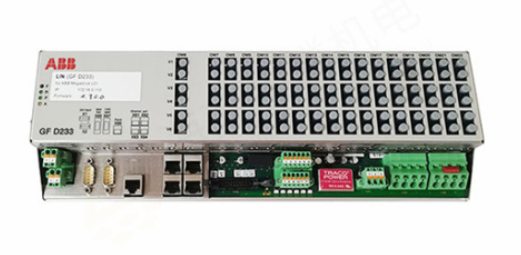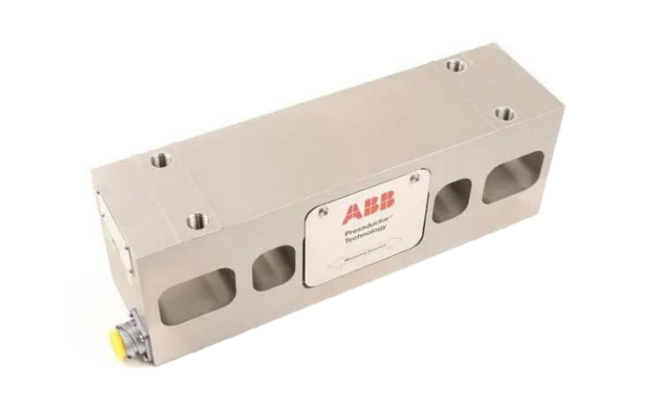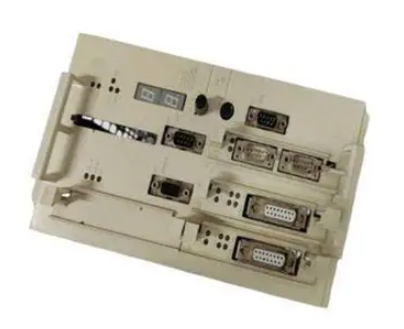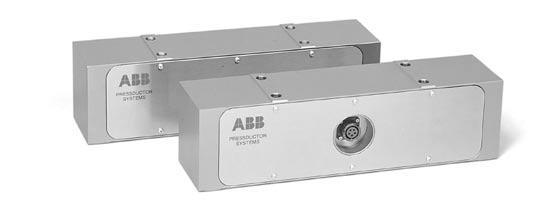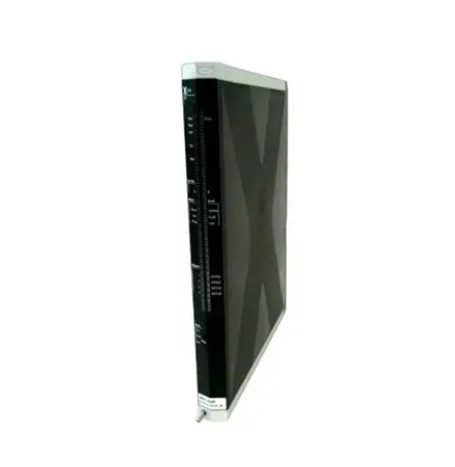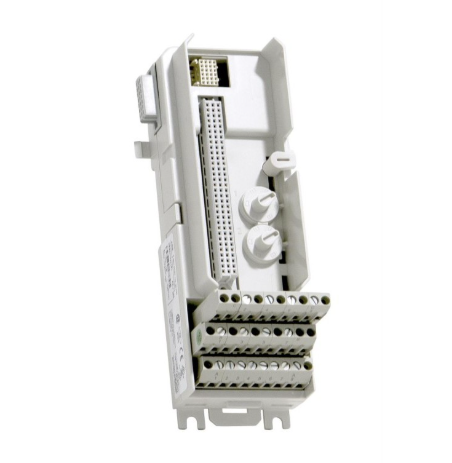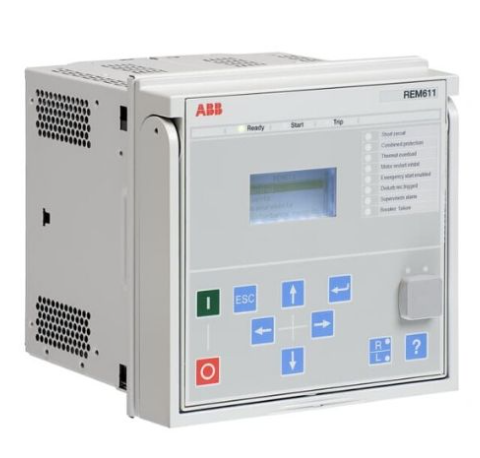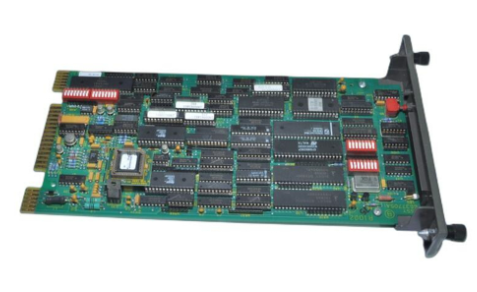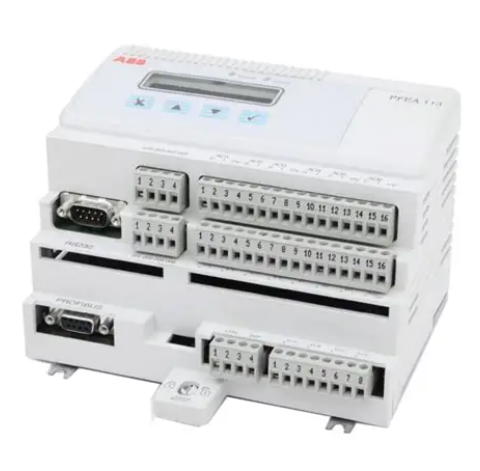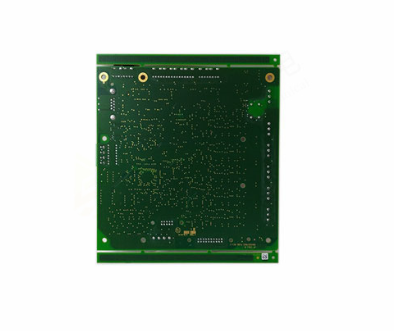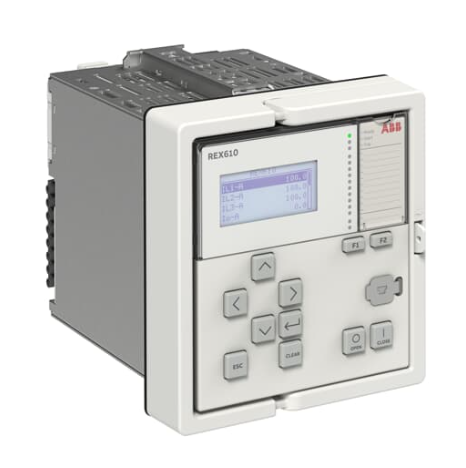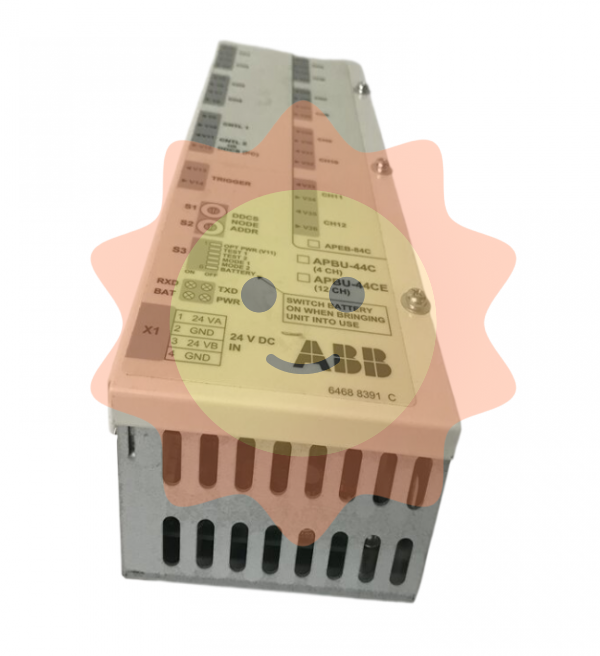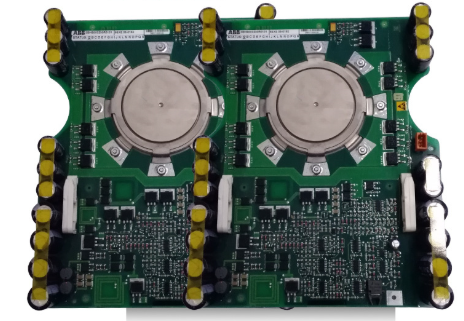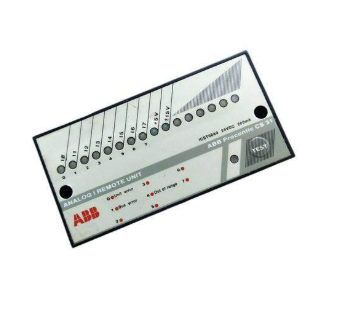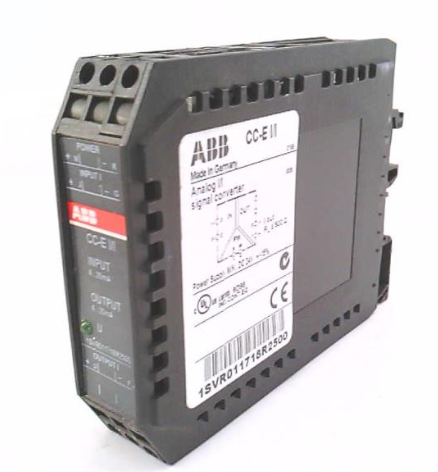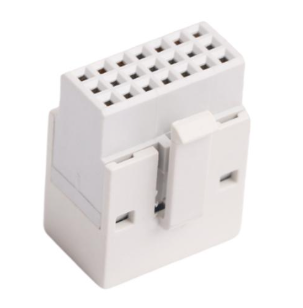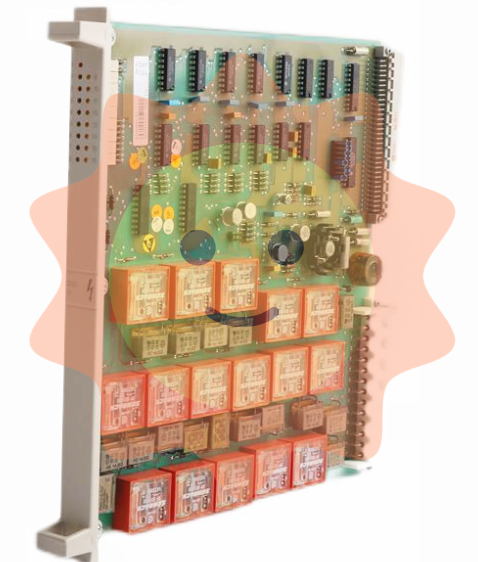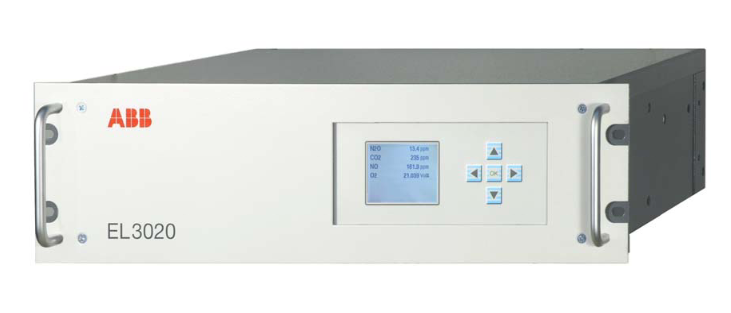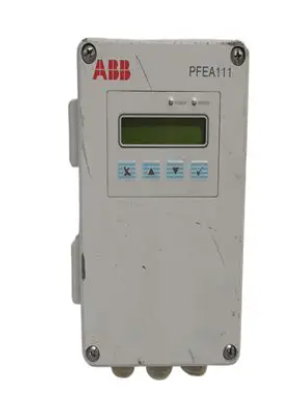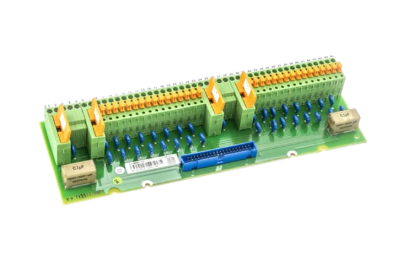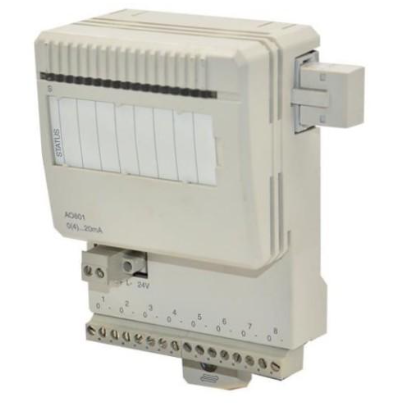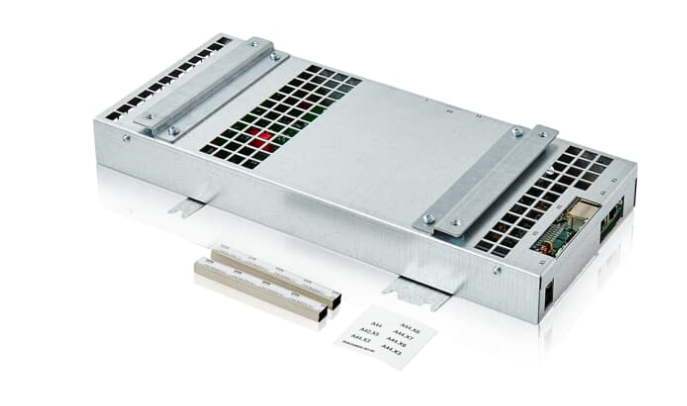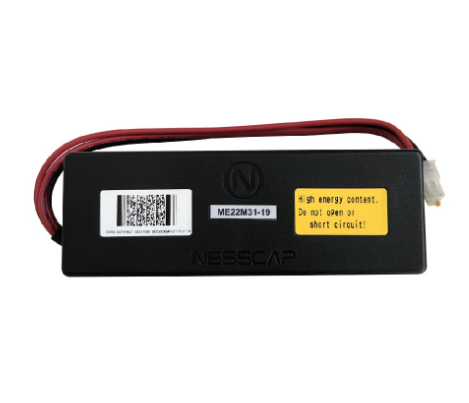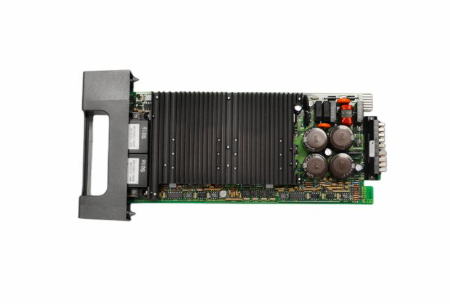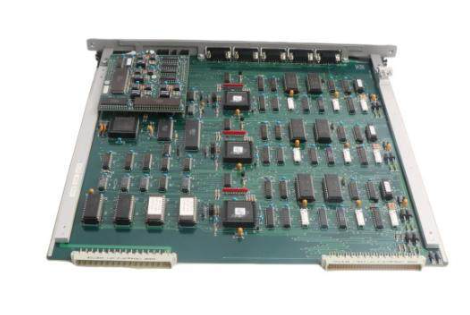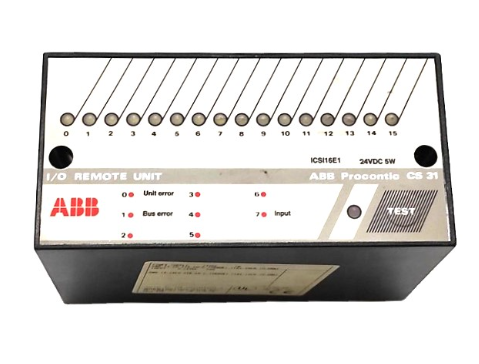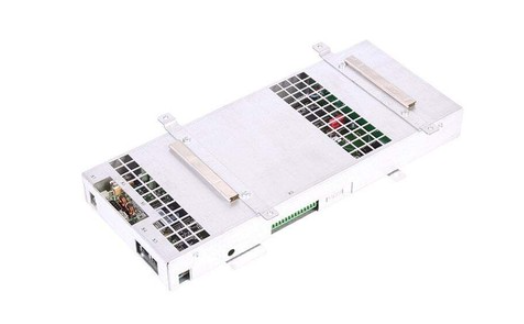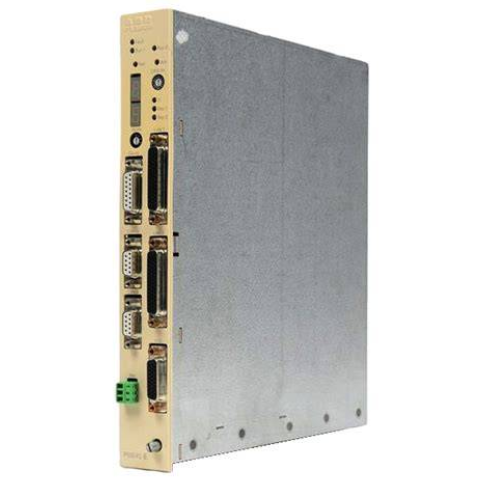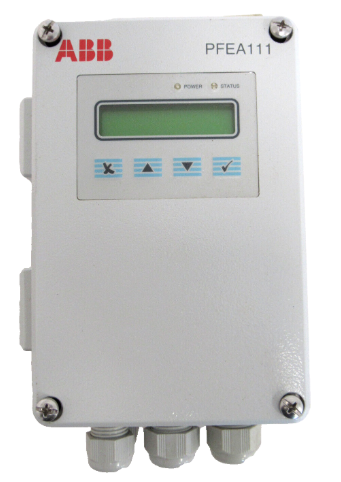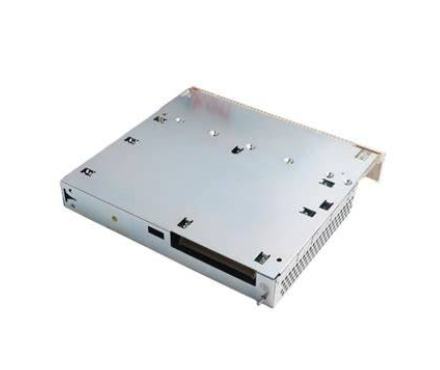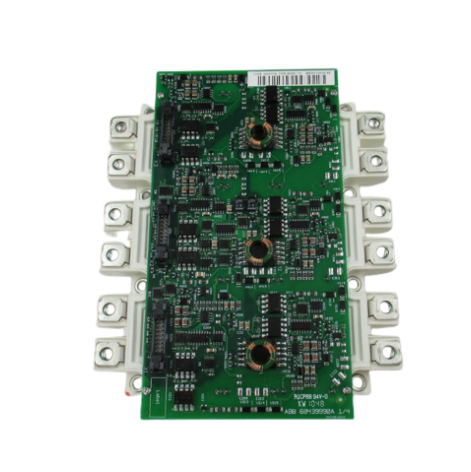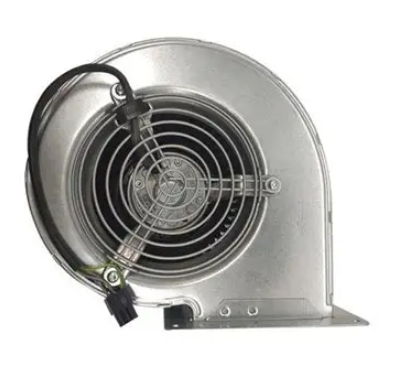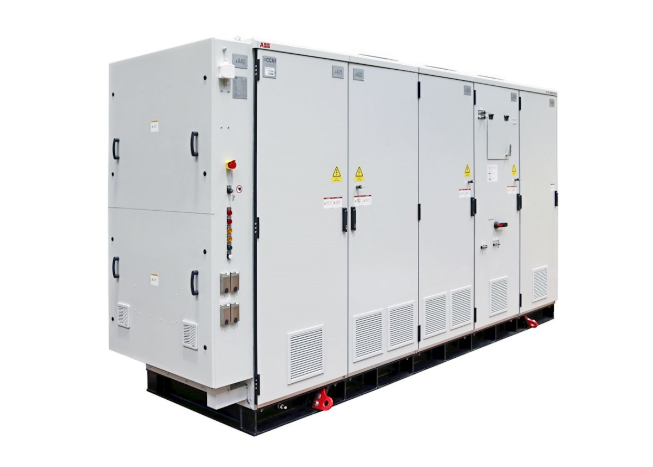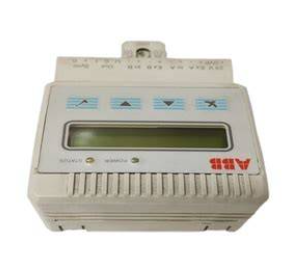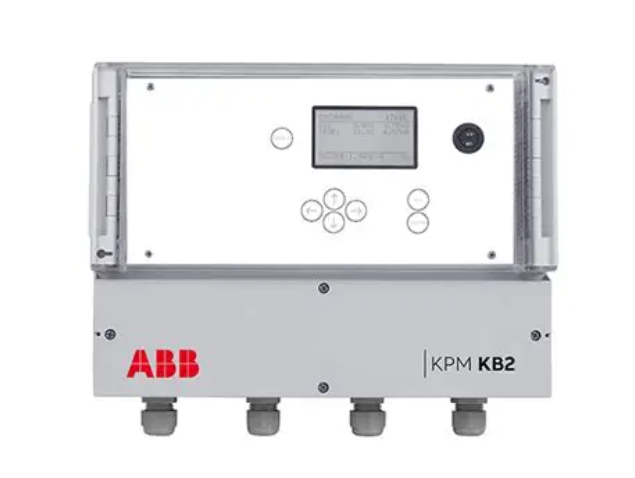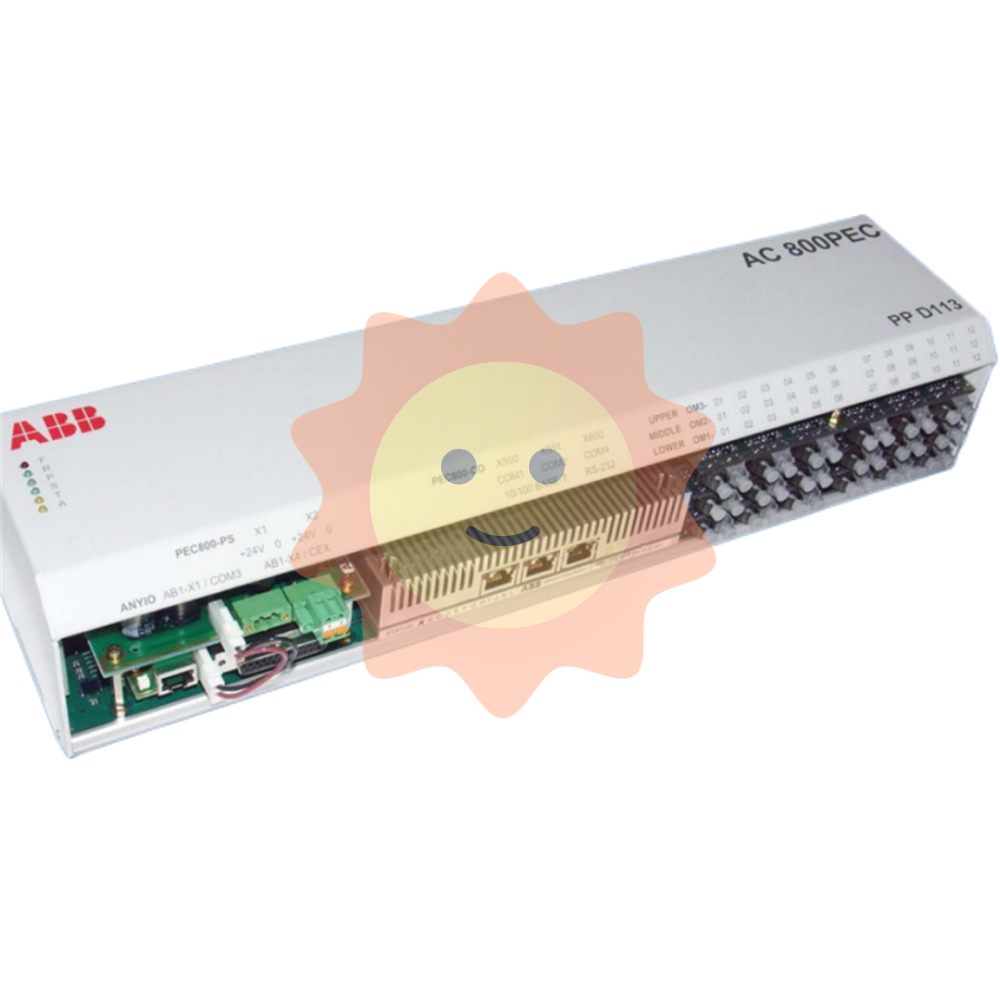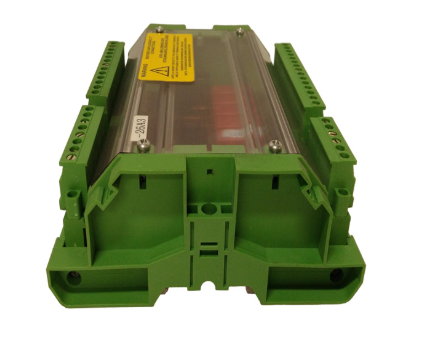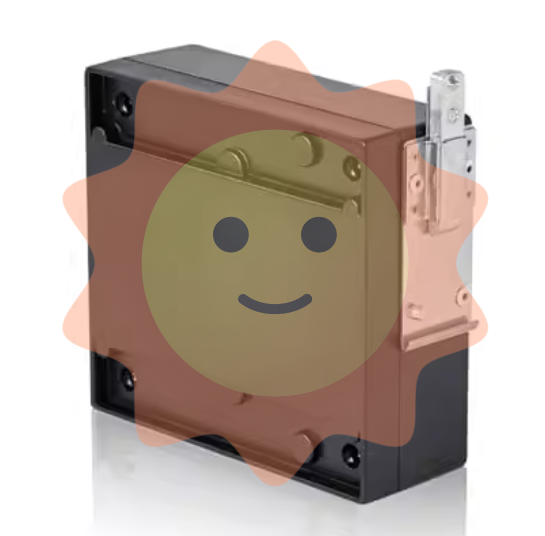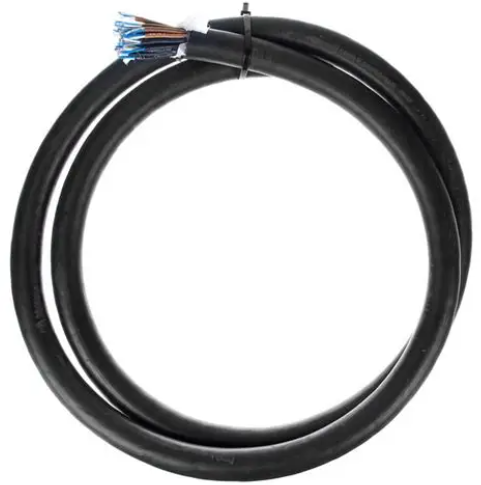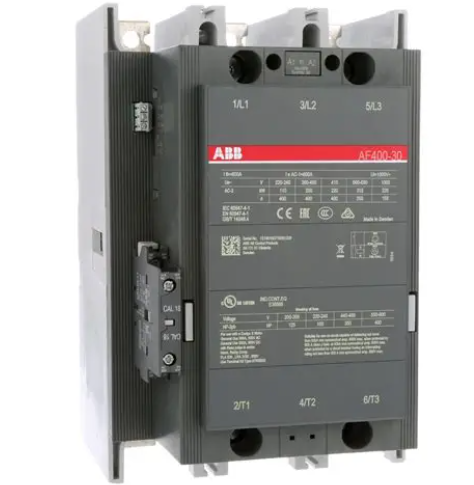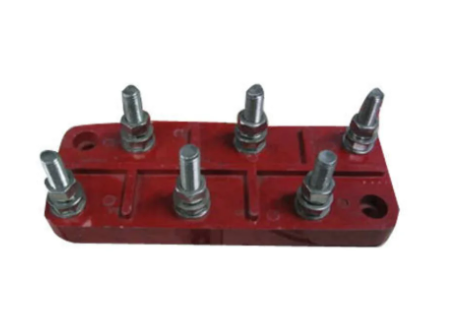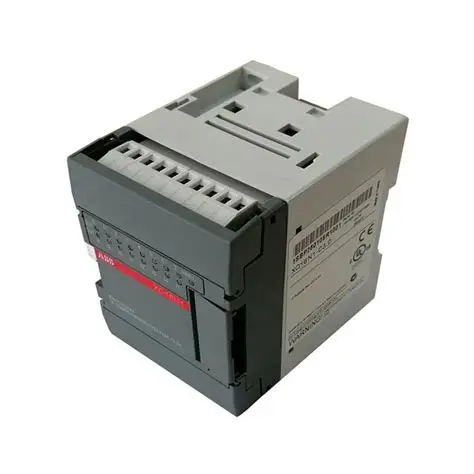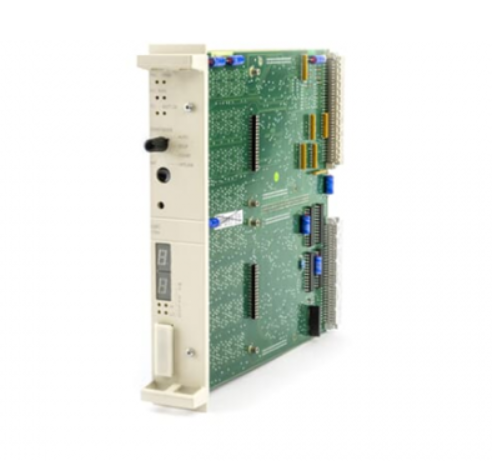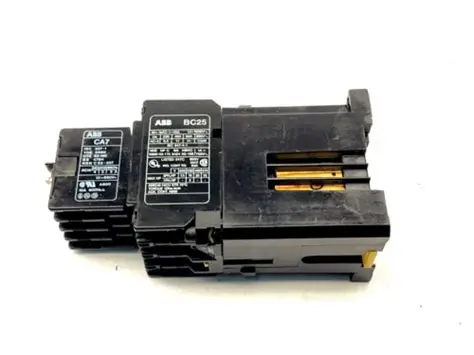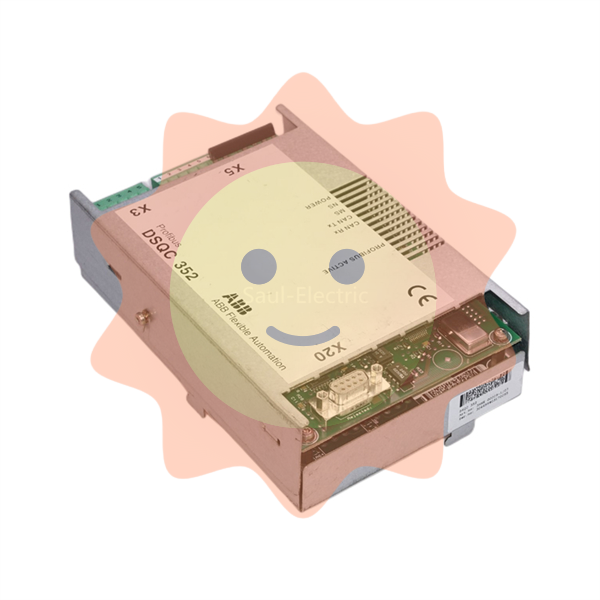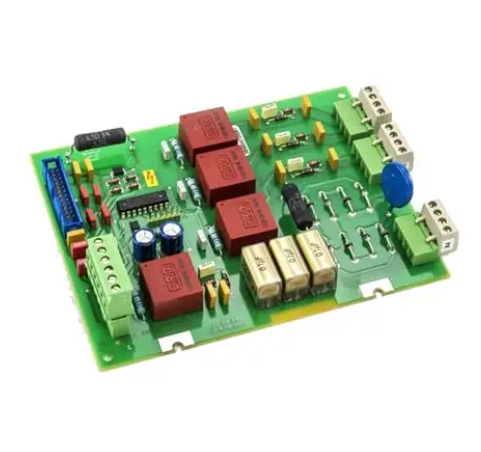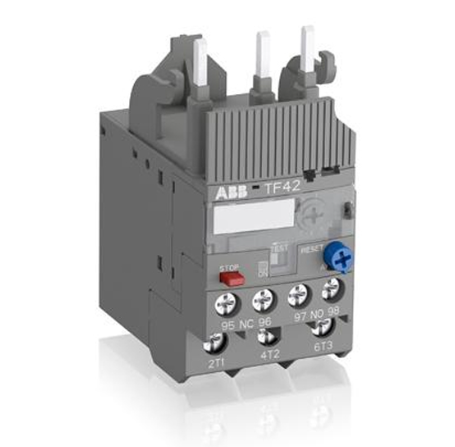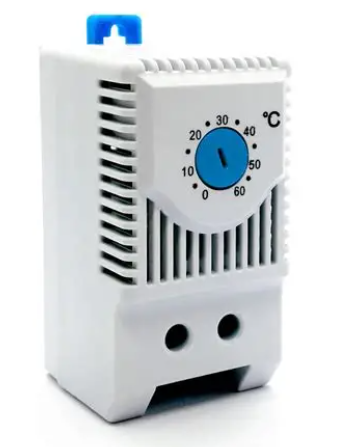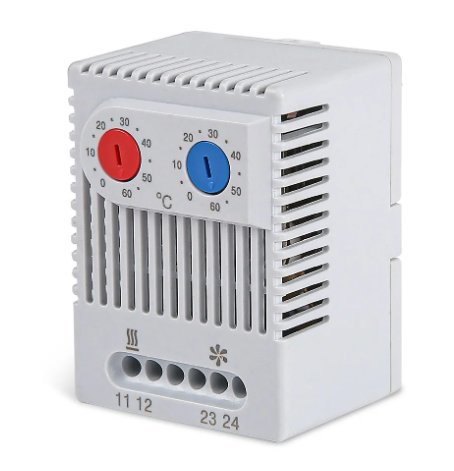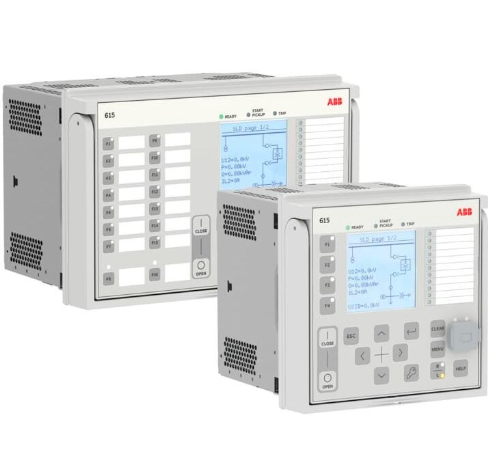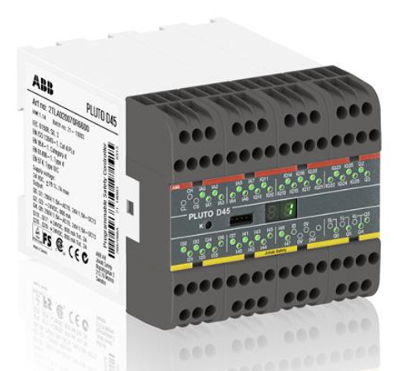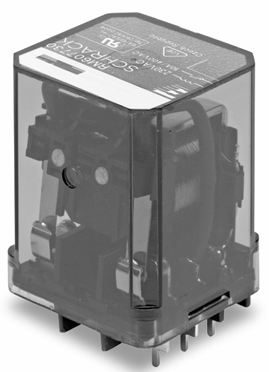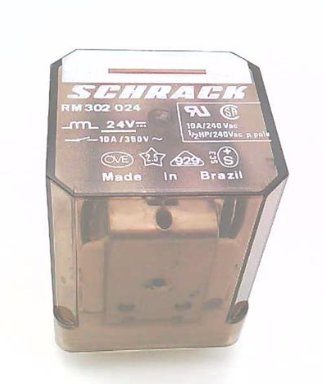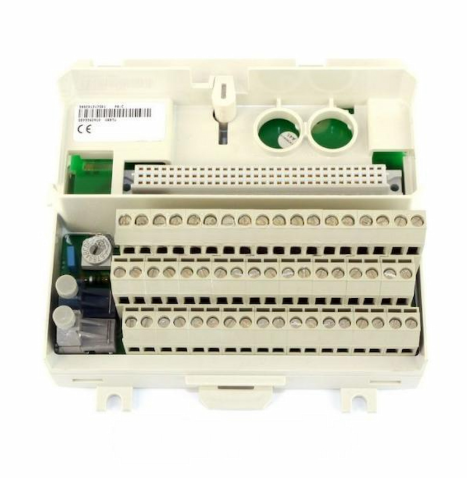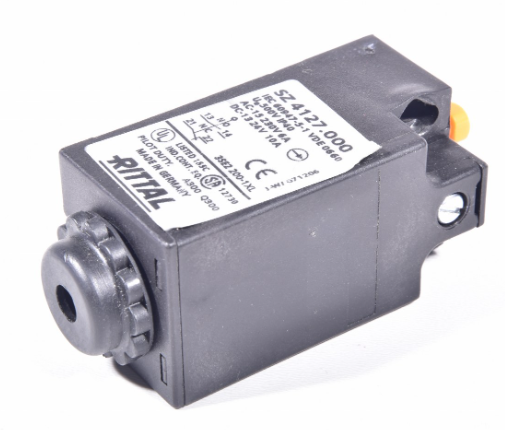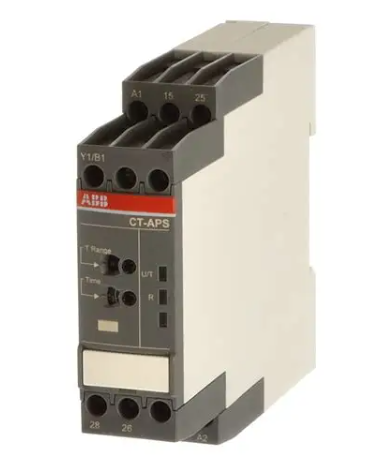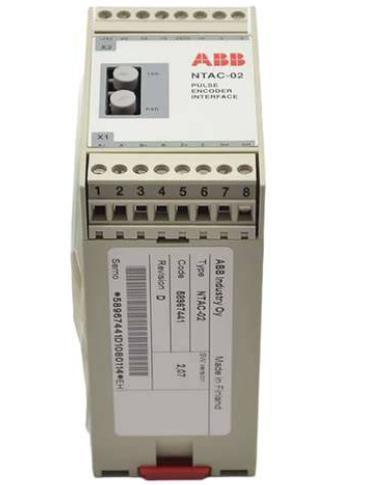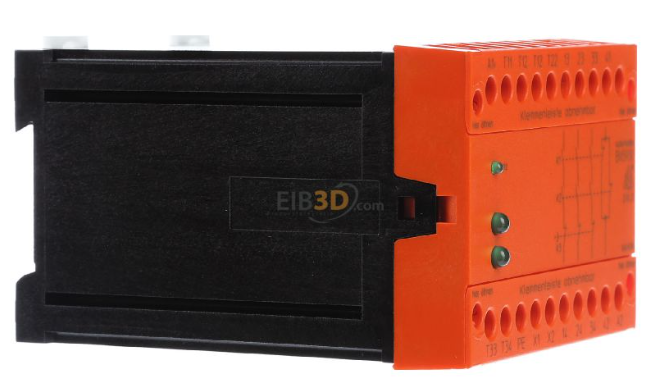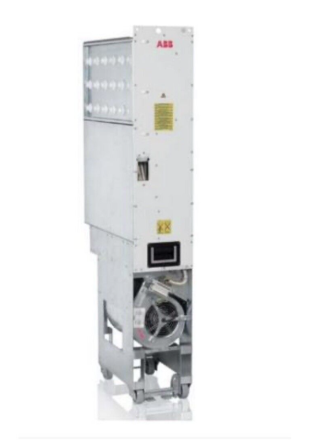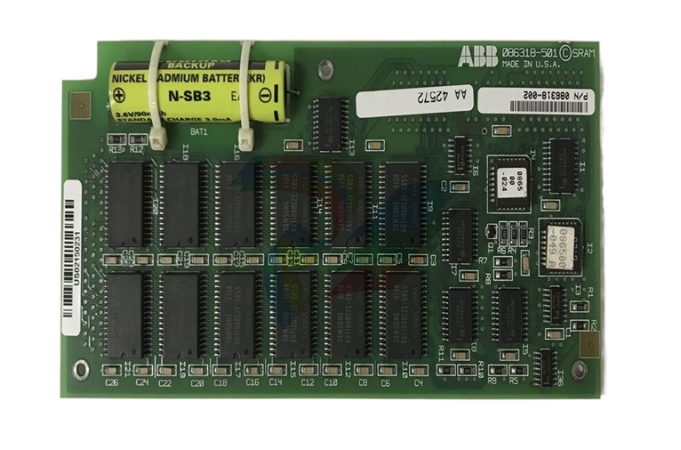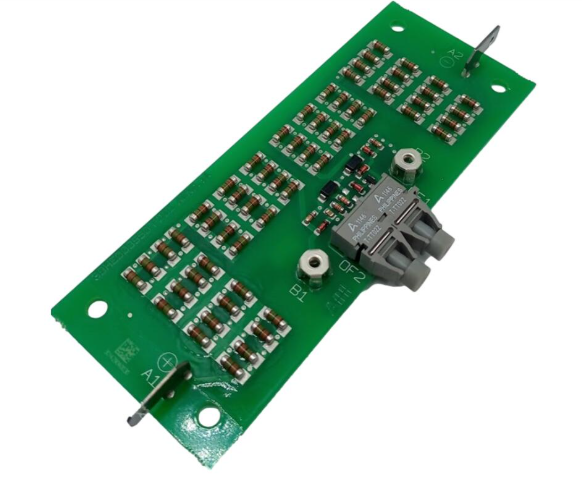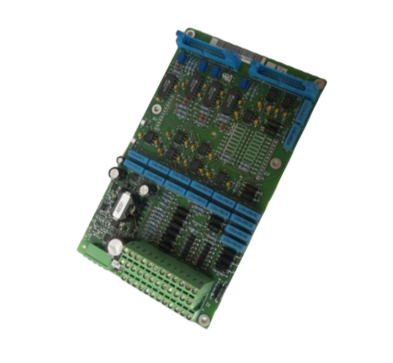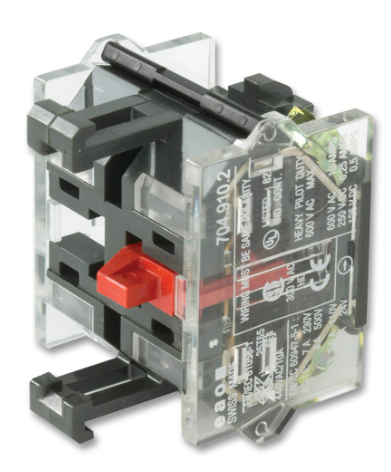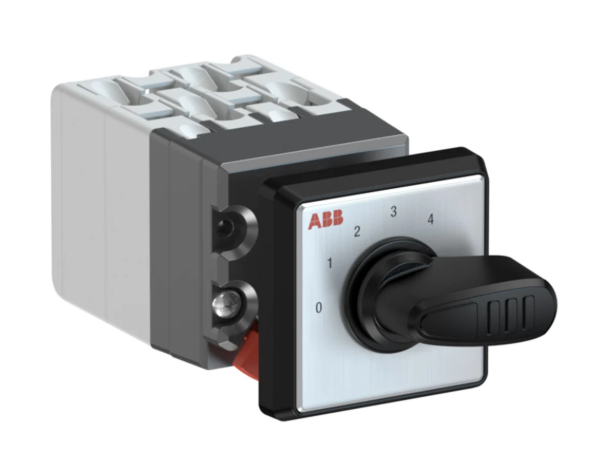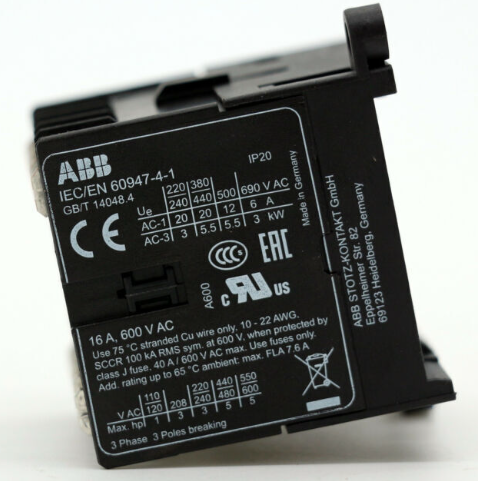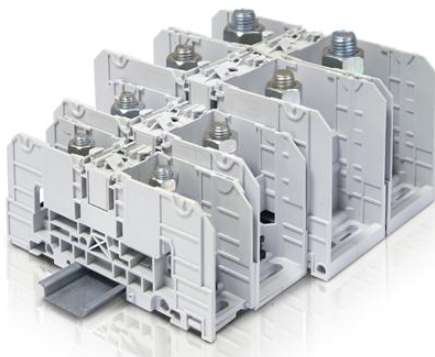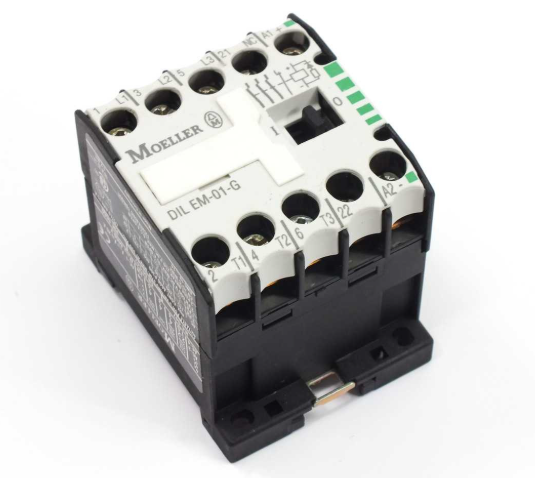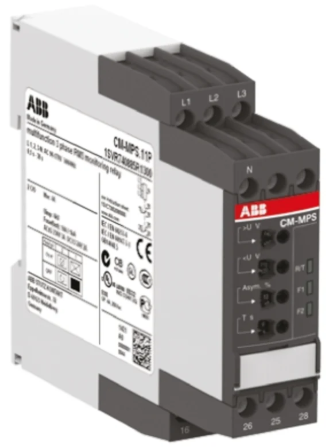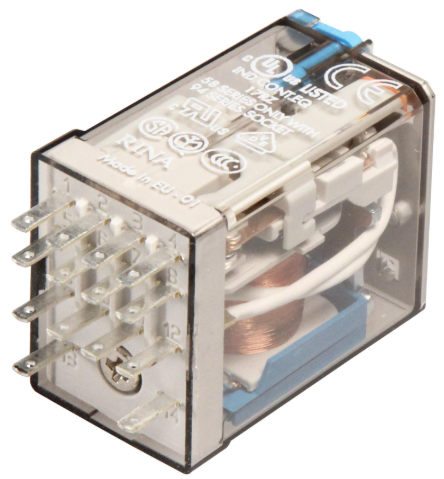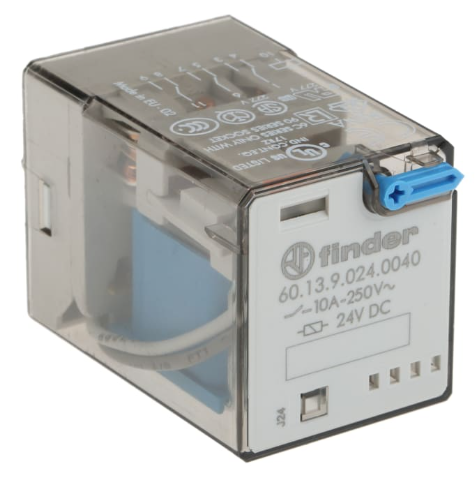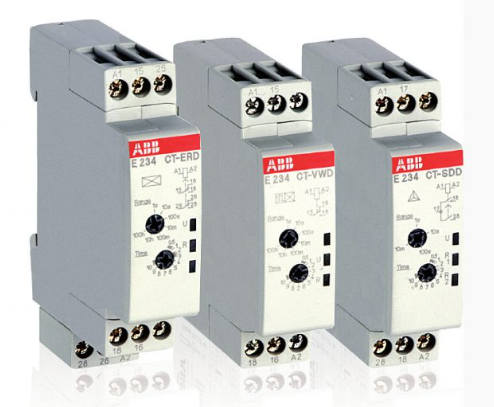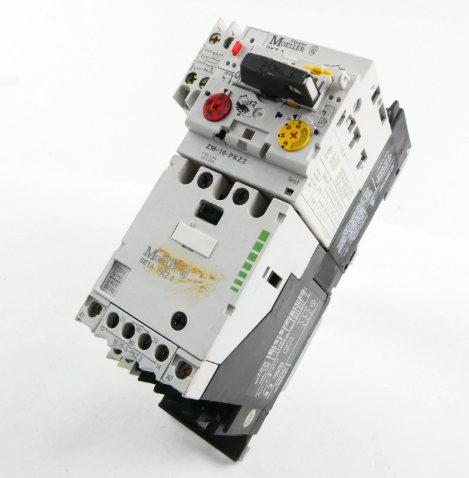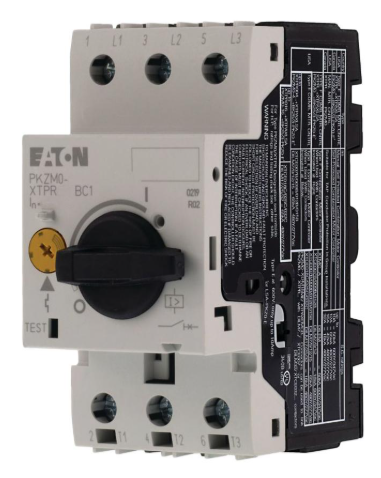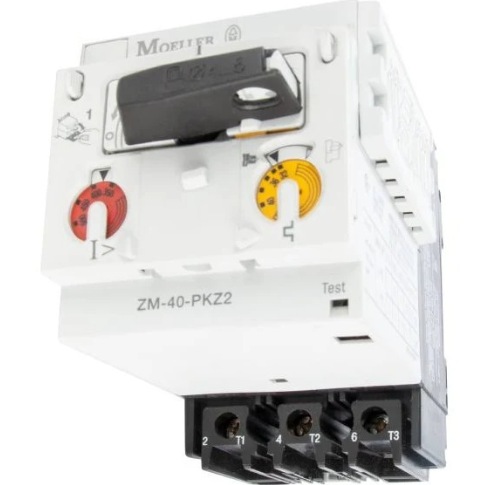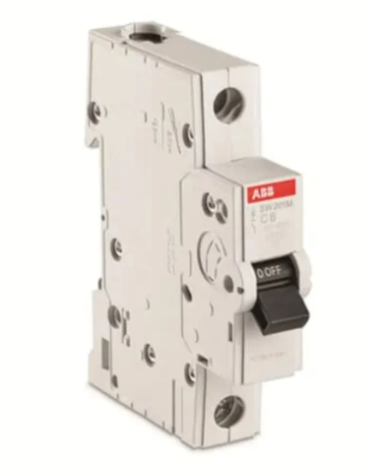AB 1786 - RPA/B ControlNet Modular Repeater Adapter
AB 1786 - RPA/B ControlNet Modular Repeater Adapter
Product Summary: The 1786 - RPA/B Repeater Adapter with specific modules builds repeaters for ControlNet networks, extending the network, switching topologies and media, and connecting up to 20 in series.
IMPORTANT: Unlike electromechanical devices, solid-state devices should be used in a manner that ensures proper application and Rockwell Automation is not responsible for consequential damages. Examples in this document are for illustrative purposes only and may not be reproduced without permission. Various safety warnings are given, such as operating in hazardous environments, protection against static electricity, and other precautions.
Environmental and Installation Requirements
Environmental conditions: Suitable for use in industrial environments with pollution level 2, overvoltage category II, at altitudes up to 2000 metres above sea level, Group 1, Class A industrial equipment, to be installed in a suitable enclosure.
Hazardous Location Use: For North American hazardous locations, products labelled ‘CL I, DIV 2, GP A, B, C, D’ have specific temperature code requirements; for European Zone 2 environments, equipment must be mounted in an enclosure with at least IP54 protection.
Static electricity protection: The device is sensitive to static electricity and should be operated in accordance with protective measures such as touching grounded objects, wearing a wrist strap, etc.
Module mounting
Mounting preparation: Horizontal mounting is recommended, vertical mounting is also possible (top mounting is recommended), using DIN rails made of zinc-plated yellow chromate steel and properly grounded.
Mounting procedure: Hang the module on the DIN rail at an angle of 30° and rotate it to snap into place, mount the repeater module, secure it with the DIN rail lock, make sure that the total number of modules and the power consumption do not exceed the limits, tighten the screws to 1.1 N・m.
Module wiring: Disconnect the power when wiring, prepare tools and wires, connect the wires to the V in+ and V in terminals of the RTBs after stripping, tighten the screws to 0.6 - 0.8 N・m, install the RTBs and connect them to the ControlNet network, connect the unused ports with a 75Ω terminator.
Status indicators: The status indicators are available in different combinations to indicate different states. For example, alternating red/green indicates that the module is powered up or reset; solid red indicates that a node is continuously transmitting on the network; and off indicates unpowered or faulty.
Technical Specifications
Electrical Specifications
Power Consumption and Power Dissipation: Maximum power consumption is 16.8 W and maximum power dissipation is 8.8 W. These two parameters reflect the energy consumption and heat dissipation requirements of the device during operation, which is of great significance to the power configuration and heat dissipation design of the system. In practice, it is necessary to ensure that the power supply can provide sufficient power, and at the same time to consider the heat dissipation measures of the equipment to ensure its stable operation.
Input Voltage: The input voltage is rated at 700mA @ 24V DC, which is classified as Class 2/SELV (Safety Extra Low Voltage). The input voltage range is 18 - 36V DC, which means that the device can operate normally within a certain voltage fluctuation range, but exceeding this range may affect the performance of the device or even cause damage. When selecting a power supply, it is important to ensure that the output voltage meets the requirements of the device.
Backplane Output Current: The maximum backplane output current is 1.6A @ 5V DC, which limits the total current consumption of other devices connected to the backplane. When designing a system, it is necessary to consider the power consumption of the connected devices to avoid exceeding the limit of the backplane output current, which may lead to device failure or unstable operation.
Mechanical specifications: The minimum enclosure dimensions are approximately (12 x 7.75 x 4 in.) i.e. 304.8 x 196.8 x 101.6 mm, which specifies the space occupation of the device, and when installing the device, it is necessary to make sure that there is enough space to accommodate the device. There is no restriction on the mounting direction of the device, and the appropriate mounting method can be selected according to the actual situation, but horizontal mounting is preferred, and it is recommended that the device be mounted on the top when installed vertically.
Environmental specifications
Temperature: The maximum ambient air temperature is 140°F (60°C), which limits the ambient temperature range in which the unit can be used. When used in a high temperature environment, care should be taken to dissipate heat to prevent damage to the unit due to overheating. If the ambient temperature exceeds the equipment's tolerance range, it may result in reduced performance, shortened life, or even failure.
Vibration and Shock: In terms of vibration, the device complies with IEC60068 - 2 - 6 (Test Fc, Operating) and can withstand vibration of 5 g @ 10 - 500 Hz; in terms of shock, the device complies with IEC60068 - 2 - 27 (Test Ea, Unpackaged Shock) and can withstand shock of 30 g. These parameters indicate that the device can withstand a certain level of vibration and can withstand a shock of 30 g. The device can withstand a shock of 30 g if the ambient temperature exceeds the range. These parameters indicate that the equipment can maintain normal operation in a certain vibration and shock environment, but in practice, the equipment should try to avoid excessive vibration and shock.
- EMERSON
- Honeywell
- CTI
- Rolls-Royce
- General Electric
- Woodward
- Yaskawa
- xYCOM
- Motorola
- Siemens
- Rockwell
- ABB
- B&R
- HIMA
- Construction site
- electricity
- Automobile market
- PLC
- DCS
- Motor drivers
- VSD
- Implications
- cement
- CO2
- CEM
- methane
- Artificial intelligence
- Titanic
- Solar energy
- Hydrogen fuel cell
- Hydrogen and fuel cells
- Hydrogen and oxygen fuel cells
- tyre
- Chemical fiber
- dynamo
- corpuscle
- Pulp and paper
- printing
- fossil
- FANUC
- Food and beverage
- Life science
- Sewage treatment
- Personal care
- electricity
- boats
- infrastructure
- Automobile industry
- metallurgy
- Nuclear power generation
- Geothermal power generation
- Water and wastewater
- Infrastructure construction
- Mine hazard
- steel
- papermaking
- Natural gas industry
- Infrastructure construction
- Power and energy
- Rubber and plastic
- Renewable energy
- pharmacy
- mining
- Plastic industry
- Schneider
- Kongsberg
- NI
- Wind energy
- International petroleum
- International new energy network
- gas
- WATLOW
- ProSoft
- SEW
- wind
- ADVANCED
- Reliance
- YOKOGAWA
- TRICONEX
- FOXBORO
- METSO
- MAN
- Advantest
- ADVANCED
- ALSTOM
- Control Wave
- AB
- AMAT
- STUDER
- KONGSBERG
- MOTOROLA
- DANAHER MOTION
- Bently
- Galil
- EATON
- MOLEX
- Triconex
- DEIF
- B&W
- ZYGO
- Aerotech
- DANFOSS
- KOLLMORGEN
- Beijer
- Endress+Hauser
- MOOG
- KB
- Moxa
- Rexroth
- YAMAHA
- Johnson
- Westinghouse
- WAGO


Email:wang@kongjiangauto.com


